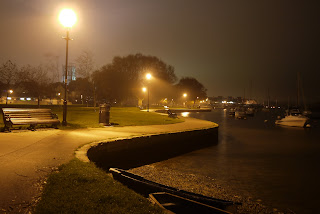Rodchenko was a Russian artist who's work consisted of photography, sculptures and graphic design, he was born on 1891 and died in 1956. Because of the time he was alive, all of his photos where in black and white. Even though it might seem like a disadvantage that they didn't have coloured, but looking at the photos that he did took, it does seem that maybe taking them in black and white was the best chose because some of the pictures the took might have not had the same impact if they were in bright colour.
He was also one of the first people to do manipulation in photography. He would do this by mixing to photos by putting them on top of each other and blending them so it looked like it was all one picture.
He also did the type of art which consists of placing or editing two photos or pictures together to make one picture.
When looking at this picture reminded me of the work of John Stezaker, and how his work could have been inspired by the way Rodchenko did the first of this type of art work.
On top of his photography, he did quite a lot of collages, or Photomontages, using a mix of photos and different coloured shapes.
This was also the first of it's kind, using different shapes and photos, put them together to make one photo, also know as a collage. His work is all basically the same thing, using different images and merging them to make one picture (much like the work of John Stezaker, the only difference is the way that Rodchenko uses the images or the way that he mix's them together.

I also tried to make a picture that was inspired by Rodchenko and it was this collage that he did.

This was mine.
As you can see it is not completed and this is because it was not turning out as I had wanted it to. For example, Photoshop does not have a 'shape tool' so I had to get square oh what ever colour I wanted and then cut out what shape that I wanted which took a very long time. Also to get the text to be smaller on the left had side was very tricky as well because of the limit of editing you can do with the text, but it was just to see what it would look like and experiment and that is what I did.




































